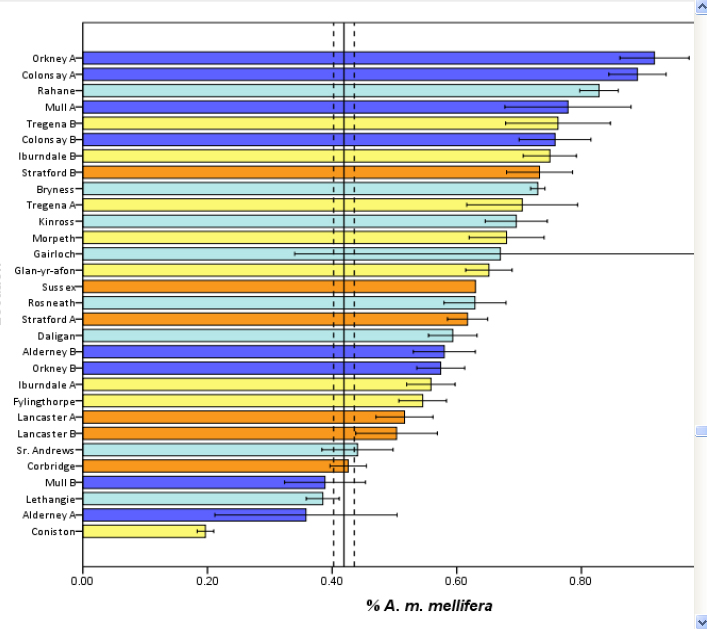- Joined
- Jan 13, 2015
- Messages
- 7,639
- Reaction score
- 669
- Location
- Bedfordshire, England
- Hive Type
- Langstroth
- Number of Hives
- Quite a few
Yes,Paul.. significantly high drops ..|Hence the decision to move them to an out apiary to prevent their drones breeding with open mated queens..
That makes a lot of sense.
I'm surprised, given the Irish input (cited by Quis Custodiet), that they haven't got a testing and selective breeding programme going.
There are groups in:
A.m. mellifera
Present code future Code Name
4 DE-24 Landesverband Brandenburgischer Imker e.V./Mellifera
8 DE-28 Landesverband der Imker Mecklenburg Vorpommern e.V./Mellifera
14 DE-34 Imkerverband Sachsen-Anhalt e.V./Mellifera
15 DE-35 Landesverband Schleswig-Holsteinischer und Hamburger Imker e.V./Mellifera
50 CH-50 Verein Schweizerischer Mellifera Bienenfreunde
64 NO-1 Norway/Mellifera
99 AT-1 AMZ (Austrian Mellifera Züchter)
57 BE-2 Limburgse Zwarte Bij (LZB vzw)
PL-1 Poland/SmartBees/Mellifera
FR-1 France/Mellifera
Last edited:















































